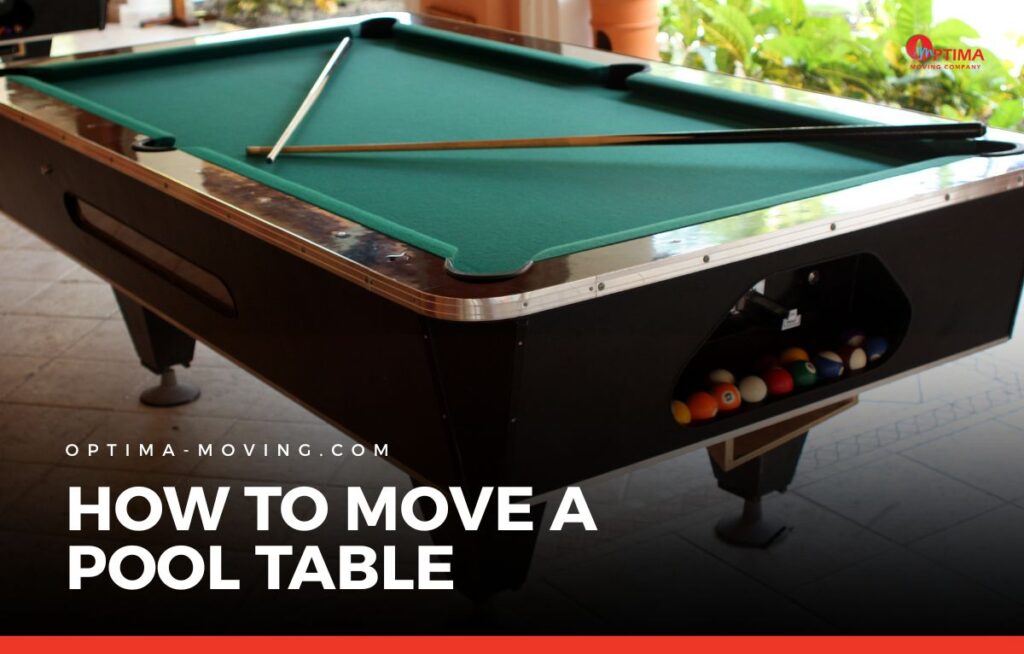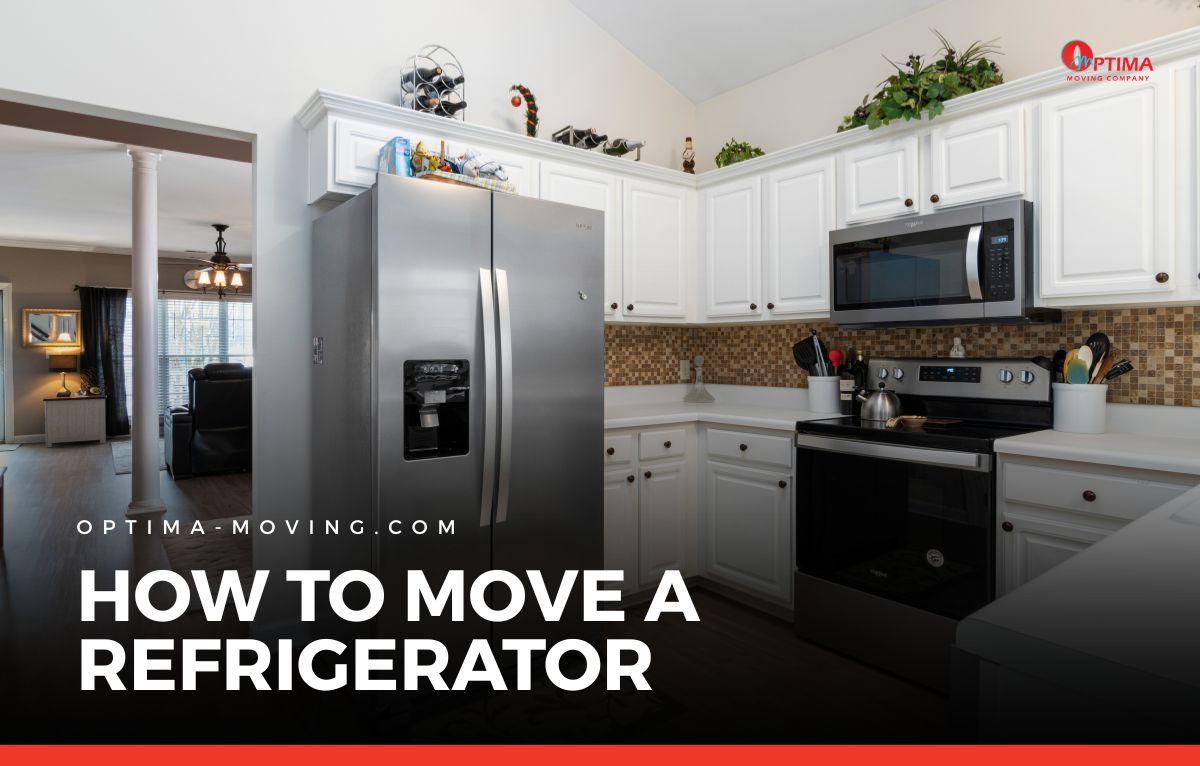Pool tables are large, heavy, and built with precision parts, which makes relocating them a challenging task.
Many homeowners wonder how to move a pool table safely without damaging the slate or frame.
The process requires patience, the right tools, and an understanding of how each piece fits together.
While it can be done with a team of careful helpers, there are times when professional movers are the best choice.
Why Pool Tables Are Difficult to Move
Unlike other furniture, pool tables are made from a combination of wood, slate, felt, and intricate leveling systems.
The slate alone can weigh 150 to 250 pounds per piece, and most tables use three pieces.
This weight, combined with the size of the frame, makes the table extremely difficult to carry in one piece.
In addition, the felt surface is delicate and can tear easily during handling. Because of these factors, moving a pool table is not as simple as lifting and shifting; it requires methodical disassembly and reassembly.
Preparing Your Space
Before you start lifting, take time to prepare both the current location and the destination. Clear the path so you’re not stepping around furniture or tripping on loose items.
Measure hallways and doorways to ensure the pieces of the pool table will fit through.
At the new location, choose a flat, stable spot where the table can be leveled again after reassembly. Having everything ready before you begin prevents delays and reduces the risk of damaging parts mid-move.
It’s also a good idea to gather a team of at least three or four helpers. Even disassembled, the parts of a pool table are heavy and awkward to maneuver alone. Planning breaks into your move can also help.
The weight of slate and the awkward shape of rails make the process tiring, so pacing yourself will keep the team safe and alert.
If you’re moving from a basement or upper floor, consider how staircases and turns will affect your route and be ready to take extra precautions.
Disassembling the Table
One of the most important steps in learning how to move a pool table is disassembling it correctly. Attempting to carry a table in one piece is not realistic. Instead, break it down carefully:
- Remove the pockets. Unscrew or detach them from the frame.
- Take off the rails. Use a socket wrench to loosen bolts, then lift them away.
- Pull back the felt. Remove staples gently to avoid tearing, or roll it back if glued.
- Lift out the slate. This step requires multiple people, as each slab is heavy and fragile.
- Detach the frame. Once the slate is out, the frame can be disassembled for easier transport.
Keeping bolts, screws, and brackets organized in labeled bags will make reassembly far smoother later.
Mistakes to Avoid
Many problems arise when pool tables are rushed through the moving process. Some people try to skip disassembly, attempting to shift the entire table in one piece, which often results in cracked slate or broken legs.
Others mishandle the felt, pulling it off too quickly and creating rips that require costly replacement.
Another mistake is failing to label hardware, leaving movers frustrated during reassembly.
A less obvious but common problem is neglecting to protect the environment around the table. Walls and floors often suffer scratches or dents when movers underestimate the space needed to maneuver heavy pieces.
Even dropping one slate section a few inches can chip tiles or damage hardwood flooring.
Finally, lifting without enough helpers is risky for both the table and the people moving it. Avoiding these mistakes saves time, money, and frustration.
Tools That Make the Job Easier
Moving a pool table doesn’t require industrial machinery, but a few key tools make all the difference. A socket wrench is essential for loosening bolts on rails and legs.
Staple removers or pliers help take off the felt without damage.
Heavy-duty dollies or furniture sliders make transporting slate slabs less strenuous. Moving blankets protect wooden parts from scratches, while straps keep pieces secure during loading.
Safety gear is equally important. Gloves give movers a better grip on heavy slate, and steel-toed boots protect feet from dropped parts.
Combined with a few strong helpers, these tools reduce risk and make the process smoother.
Why Professional Movers Are Worth Considering
Even with preparation and tools, many homeowners find that moving a pool table is too demanding.
Professional movers who specialize in large items bring both experience and equipment that make the process far easier.
They know how to handle delicate felt, balance heavy slate, and reassemble the frame so that the table plays properly afterward.
Professional movers also save valuable time. What might take you a full day of lifting, organizing, and reassembling can be completed in just a few hours by a skilled team.
They also bring the advantage of insurance coverage, which protects you financially if damage occurs. For valuable tables, this assurance is often worth the investment alone.
These companies have trained teams who understand the challenges of bulky, fragile items like pool tables. By relying on experts, you avoid the risk of injury and ensure your table arrives in excellent condition, ready to use.
Moving a Pool Table the Smart Way
Learning how to move a pool table takes planning, careful disassembly, and the right equipment.
By preparing your space, breaking down the table step by step, and avoiding common mistakes, you can relocate your table without unnecessary damage.
Still, the weight and fragility of slate and felt make this one of the most difficult household items to move.
For a safe, stress-free experience, consider contacting Optima Moving. Their expertise and specialized tools take the guesswork out of moving, so you can enjoy your pool table in its new space without worrying about damage or delays.
With the right help, your move becomes less about struggle and more about enjoying your table again once it’s set up and leveled.




